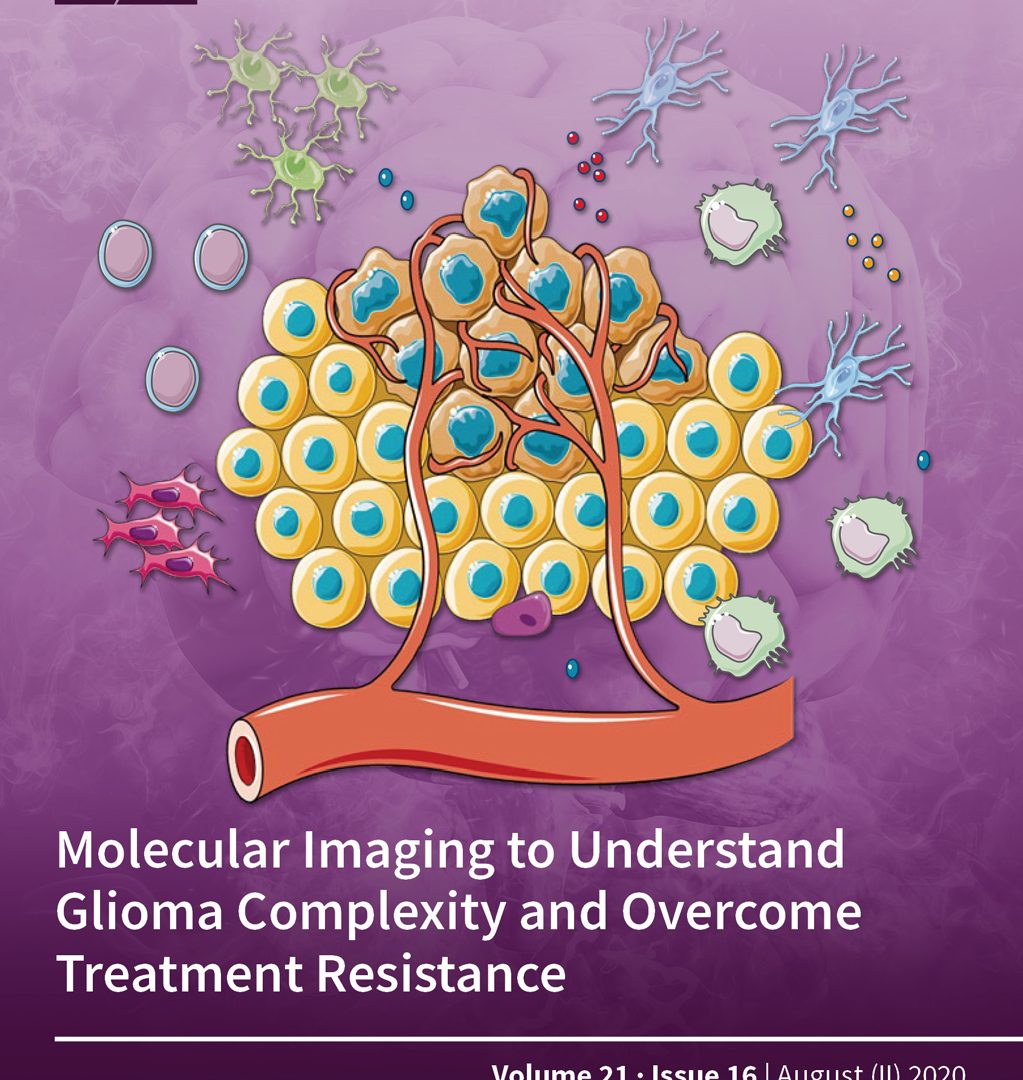Int J Mol Sci. 2020 Aug 10;21(16):E5723. doi: 10.3390/ijms21165723.
Nicole Wagner 1 , Kay-Dietrich Wagner 1
Affiliation
1 Université Côte d’Azur, CNRS, INSERM, iBV, 06107 Nice, France.
Abstract
Peroxisome proliferator-activated receptors (PPARs) belong to the family of ligand-activated nuclear receptors. The PPAR family consists of three subtypes encoded by three separate genes: PPARα (NR1C1), PPARβ/δ (NR1C2), and PPARγ (NR1C3). PPARs are critical regulators of metabolism and exhibit tissue and cell type-specific expression patterns and functions. Specific PPAR ligands have been proposed as potential therapies for a variety of diseases such as metabolic syndrome, cancer, neurogenerative disorders, diabetes, cardiovascular diseases, endometriosis, and retinopathies. In this review, we focus on the knowledge of PPAR function in angiogenesis, a complex process that plays important roles in numerous pathological conditions for which therapeutic use of PPAR modulation has been suggested.
PMID: 32785018
DOI: 10.3390/ijms21165723

